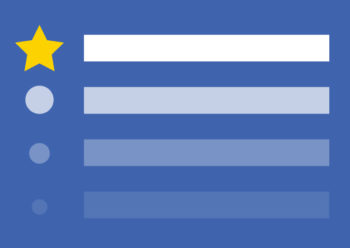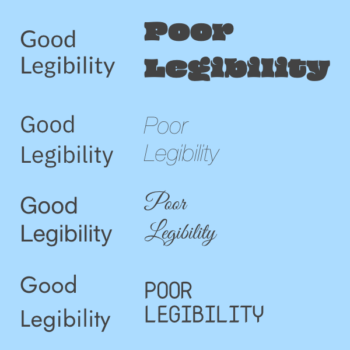Across every industry, if you’re thinking about rebranding, you’ve probably had concerns about whether the investment will add value to your company. Regardless of if you’re starting fresh or updating your existing brand, using a systems-based approach to design is an effective way to make the most out of your efforts. Essentially, this translates to building an adaptable framework or “design system” for implementing consistent changes across every platform. This helps to ensure your business stays on-brand because everyone who works to promote it is referring to the same organized source. There are two main benefits to this. A design system guarantees your audience has a consistent brand experience, and it eliminates confusion around brand guidelines within your company.

The Value of a Brand Design System for Your Company

Is My Company Ready for a Design System?
Before you can start building a design system, there are two main things you need to have in place. First, you need to clearly define what your business objectives are. These are the actionable steps that you or your team have put into place to meet broader business goals. “I want to corner a new market” or “I want to improve customer service” are some examples. Second, you need to have a good idea of exactly what you want your brand to communicate. For instance, do you want your brand to exude luxury, or do you want it to be perceived as budget-friendly or playful? After those pieces are in place, your team can start putting together a design system, which allows you to uniformly leverage your design assets across every channel. This is especially useful for enterprise-scale companies with lots of web content (images, copy, production comps, etc.) and complex organizational hierarchies to manage. That isn’t to say that small organizations don’t benefit from having an organized and articulate framework for their brands, though. Design systems help businesses of every size make changes to their website or app easier and more consistent. Below, we’ll go into a bit more detail about the benefits of having a robust design system in place for your business.
Benefit #1: A Design System Helps Your Team Work Faster and With Fewer Errors
Having a system in place to guide your brand experiences speeds up project deliverable times and makes it easier for your business to stay agile. Redundancy and disorganization are costly for any company and tend to have a compounding effect. Design systems help mitigate inefficiencies by clearly articulating brand guidelines and acting as a library for design assets like grids, buttons, and cards, etc. This allows your designers and brand managers to hone in on higher-order concerns like how their work aligns with the overall business strategy. Additionally, because it’s becoming increasingly common for 3rd party specialists and outside organizations to design brand experiences, design systems allow those teams to hit the ground running.
Benefit #2: A Design System Helps to Build Trust in Your Brand Through Consistency
There’s a guiding principle in the design community that a bland but consistent experience is better than a flashy but inconsistent one. This is because brand loyalty is dependent on your customers’ trust. If you can provide a consistent experience to your audience every time they use your website or app, you’re positioning your brand as dependable and trustworthy. Being consistent means always providing your customers an experience that flows predictably. This helps your audience know what to expect when engaging with your brand, whether it’s logging into your site or going through the checkout process. Having a design system in place ensures that everyone on your team is drawing from the same source. That guarantees your site will end up looking and behaving the same no matter who’s working on it.

Benefit #3: A Design System Bolsters Risk Management
While risk management might not be the most obvious benefit of having a design system, having a framework that guides your brand’s design principles helps your business minimize risk. At a high level, design systems reduce “execution risk” by helping your team make informed design decisions quickly and with a higher level of certainty. Design systems are built specifically to improve consistency and efficiency. They also take subjective visual design preferences out of the equation and allow your team to focus on designing for business goals and objectives, which further reduces execution risk. For example, if your team decides to add a strategic call to action on your business’ homepage, proper use of a design system assures that it will conform to your brand’s specifications. This means your customers will have no doubts about how to interact with it.
In the end, if you’re committed to creating a memorable, cohesive, and trustworthy brand, a design system is a valuable asset. As your business grows, so does your audience, and they depend on you to deliver intuitive and predictable experiences. Design systems put your team and your audience on the same page, and promote trust and dependability. This saves your business time and money and ensures that your brand is perceived the way it was intended to be.



